From snow and ice to torrential downpours, poor weather can cause damage to fields and restrict turnout/grazing for horses. This limitation can result in horses not receiving enough forage and so horse owners have to find horse feed that can be used as forage replacers. Fortunately, we have compiled a guide to help you to feed your horse when grazing/turnout is limited due to poor weather.
Problems Associated With Limited Grazing
Reduced grazing means that horses tend to spend more time in their stables which necessitates a change of diet thereby increasing the risk of colic. Horses are trickle feeders and so when they are at grass, they eat little and often throughout the day. This is best for the horse’s digestive tract as the continuous movement when grazing encourages the peristaltic action of the gut.
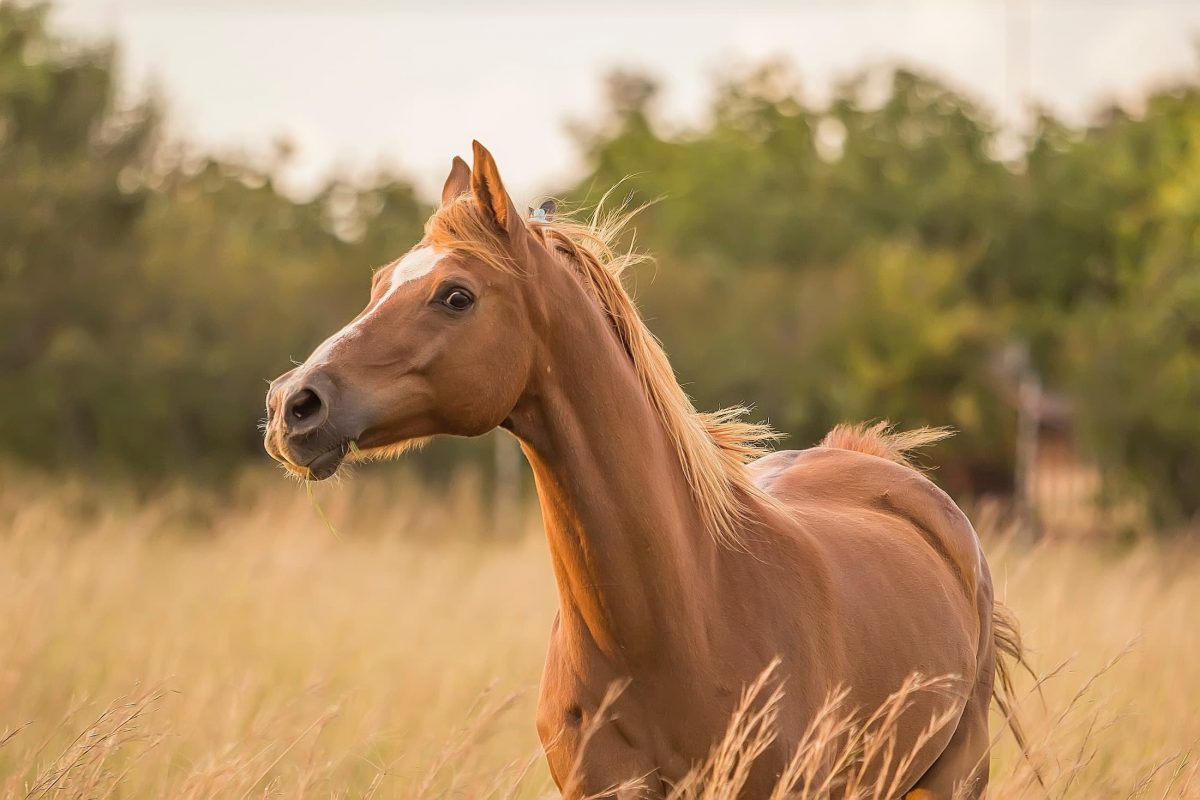
Change Diet Gradually
When grazing is limited, it’s important to make all dietary changes gradually and offer forage ad-lib if possible. As always, horses need access to fresh, clean water and they should be monitored to ensure they are drinking enough. Position forage nets around the stable to encourage them to move around for increased mobility.
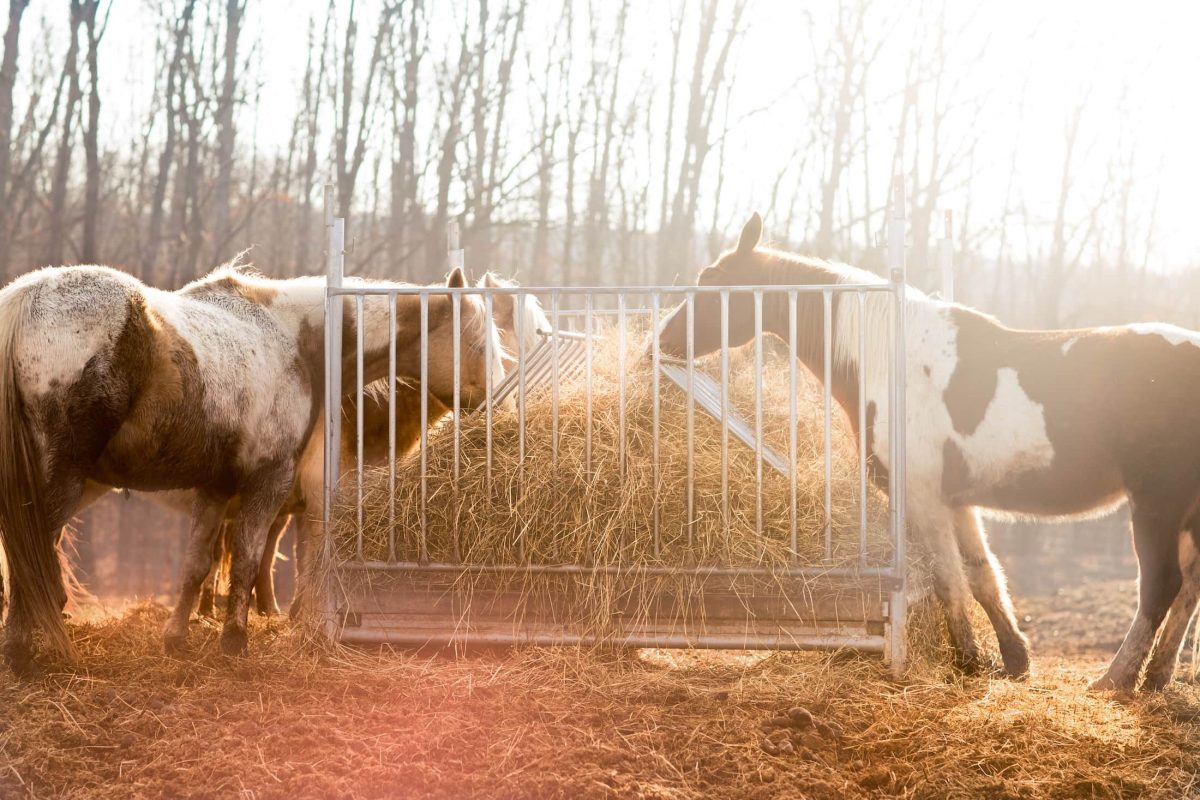
Forage Alternatives To Feed
When a horse is taken off grass and changed to conserved forage such as hay, the level of indigestible fibre consumed increases. Sometimes, horses with limited grazing don’t cope well with this change and can lose weight. This is simply because they cannot get as much nutrition from the hay as they get from grass; this usually occurs in poor doers and veteran horses. For these horses, opt for feeding haylage, as it is typically harvested earlier than hay, making it more digestible for horses. Additionally, or as an alternative, you can feed chopped fibre feeds that are based on grass. These can contain grass that is harvested when it’s young, making it easier for the horse to digest. In turn, this can also help to avoid problems for the horse including colic and weight loss. These chopped fibre-based feeds can be used as complete or partial hay replacers, depending on the levels of nutrients and ingredients they contain. They can be used long term for horses that struggle to chew long length forages or short term to assist in the transition from grass to conserved forages for poor doers.
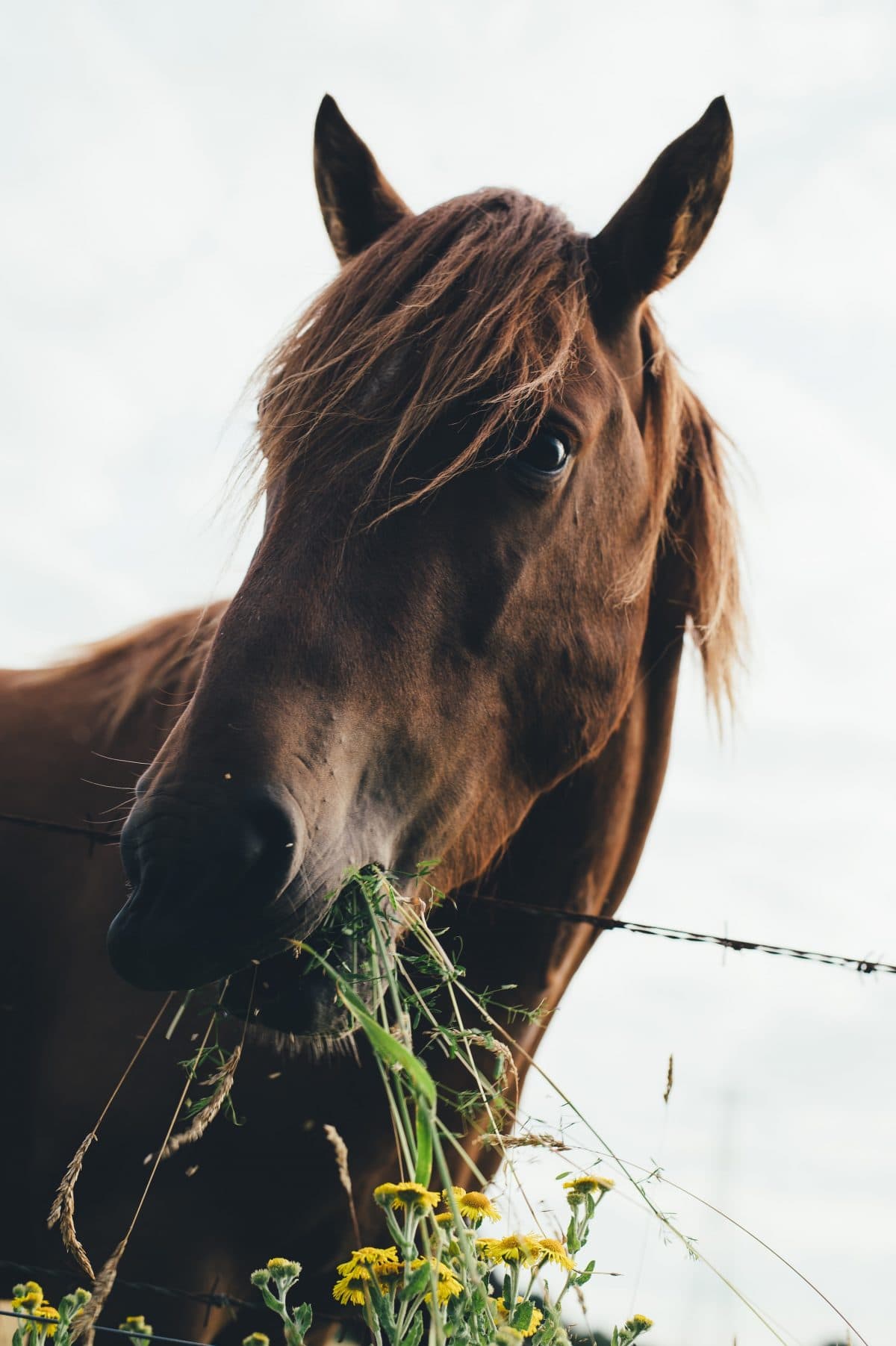
Additional Sources Of Fibre
Soaked sugar beet is a highly digestible source of fibre making it ideal for older horses, those on limited grazing and poor doers. What’s more, as this feed is soaked, it carries extra water into the digestive tract. As hay is only 20% moisture, compared to pasture at 80%, by feeding soaked feeds to horses with limited grazing, you can help to maintain their water intake.
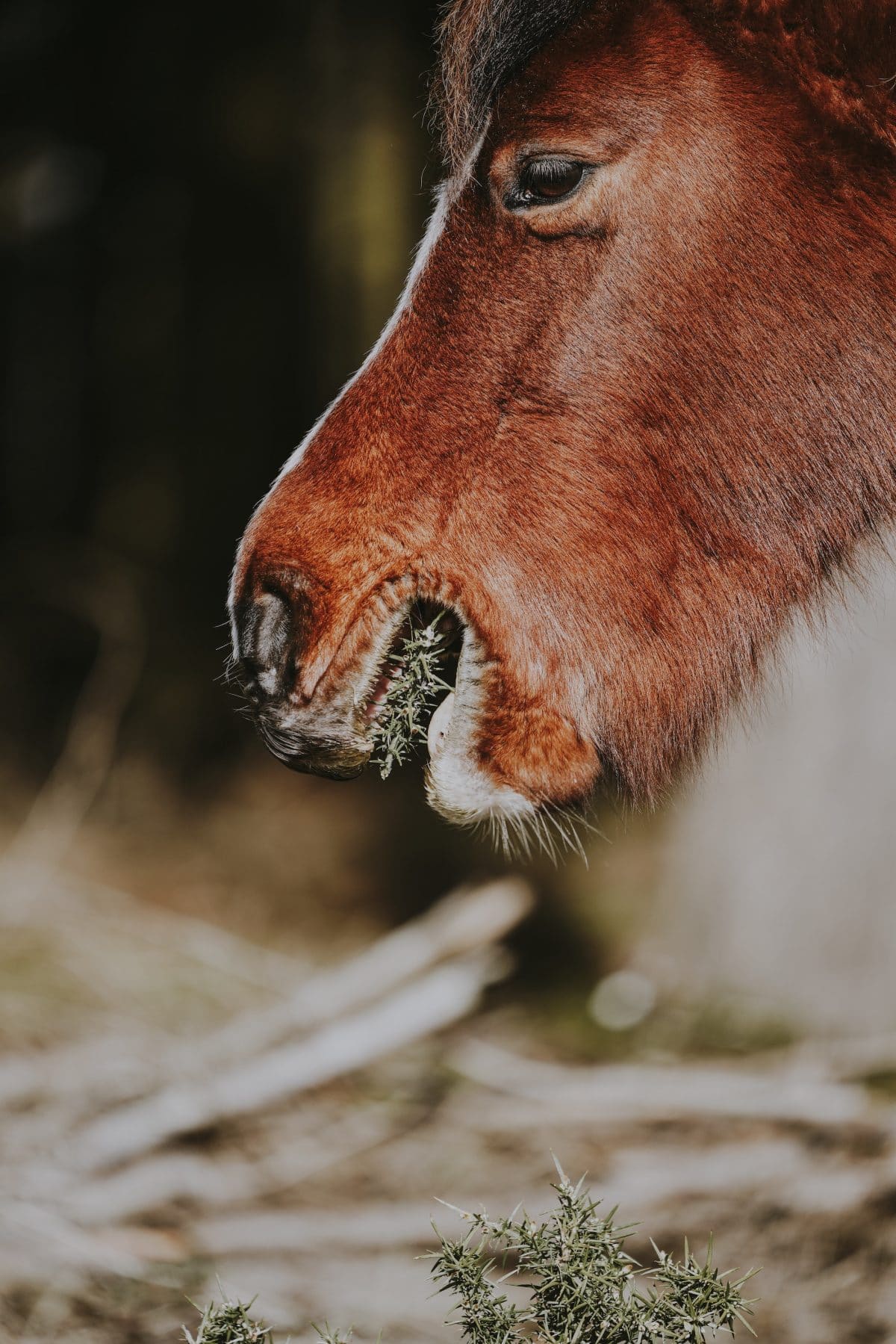
Supply Calories Safely
If your horse has restricted/limited turnout, then it’s difficult to supply calories, without increasing the risk of digestive upsets. It’s recommended that you avoid cereals due to them containing high levels of starch which is associated with colic, laminitis and muscle problems. An alternative to feeding cereals is to supply your horse with fibre-based feeds that contain oil. This way, you can provide as many calories as a conditioning mix but without the same amount of starch.
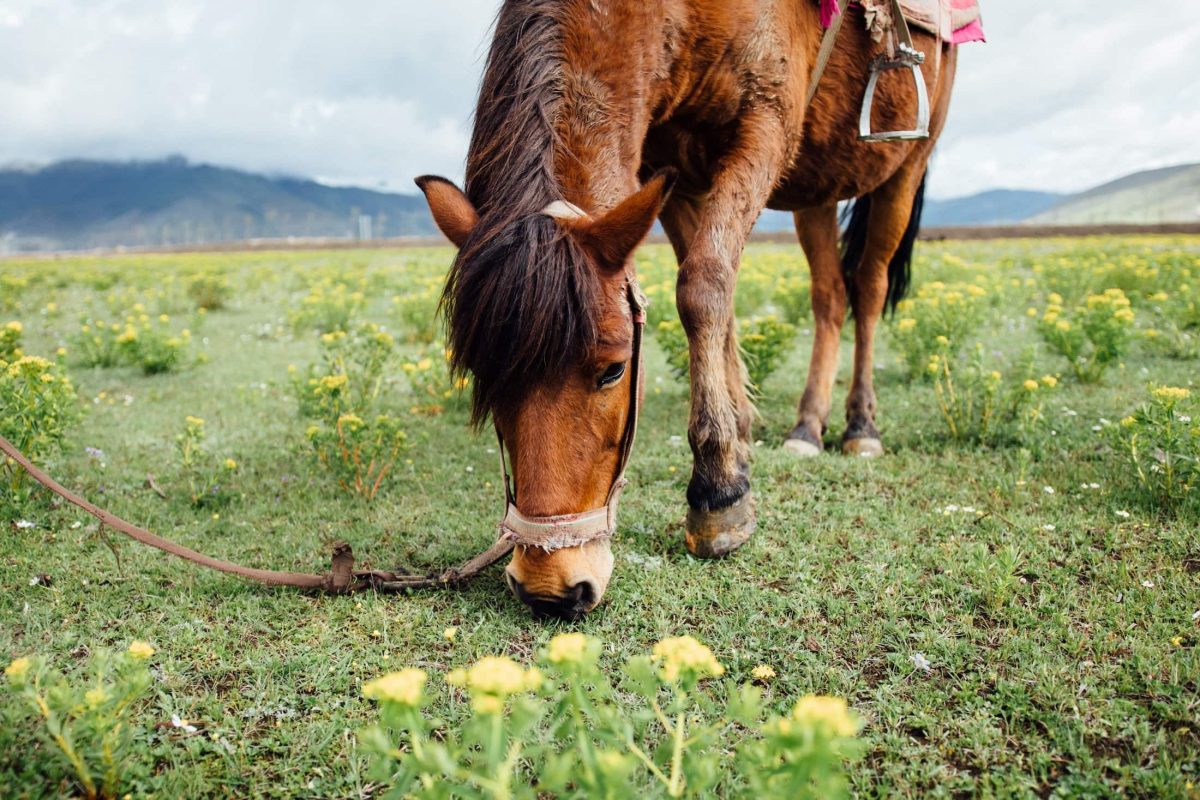
Maintaining A Balanced Ration
Horses require vitamins and minerals as they are important components of antioxidants, tissues and parts of the immune system. Therefore, these are beneficial for recovery and repair, making feeding products containing bio-available sources of essential nutrients worthwhile. An efficient way to help to supply a balanced diet without adding extra calories to good doers is by feeding balancers and supplements.
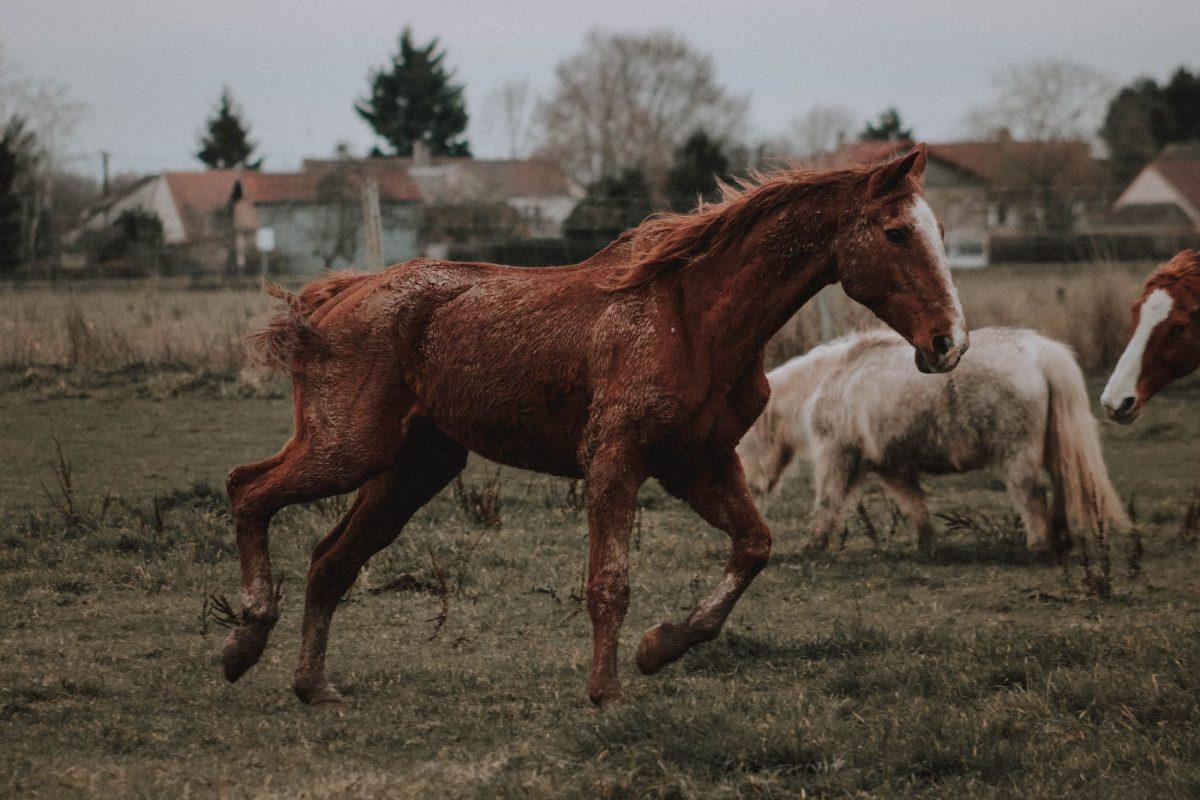
If your horse is on limited grazing or turnout, hopefully, these tips will help you to feed them correctly. If you require further information contact an equine nutritionist, who will be able to provide you with guidance on what to feed your horse.
